Popular
How to Build the Perfect Oral Care Routine in 2025
Jul 30
Why Your Gums Bleed and How to Fix It Fast in 2025
Jul 30
Top 5 Oral Care Mistakes and How BrushO Fixes Them
Jul 29
What Makes a Toothbrush “Smart”?
Jul 22
BrushO Smart Toothbrush: Gentle, Powerful, Travel-Friendly
Jul 19
BrushO: The Future of Smart Oral Care—Redefining the Way You Brush
Jul 17
Back
Does Brushing Longer Mean Cleaner Teeth?Oct 28
Oct 28
This article explains the ideal brushing time, the risks of brushing too long, and how smart toothbrushes like BrushO help you brush effectively without overdoing it.

Is More Time Always Better?
The Common Misconception
A lot of us assume that the longer we brush, the cleaner our teeth will be. However, overbrushing—both in duration and intensity—can lead to problems like gum recession and enamel erosion.
Quality Over Quantity
It’s not just about how long you brush—it’s about how you brush and whether you cover every area. A two-minute brush with full coverage is far more effective than a rushed five-minute scrub in just one area.
What Dentists Actually Recommend
The 2-Minute Rule
The American Dental Association recommends brushing for two full minutes, twice a day. This allows enough time to clean all tooth surfaces, remove plaque, and refresh your breath—without overdoing it.
When Longer Might Be Necessary
If you’re wearing braces, have implants, or experience dry mouth, you might need targeted extra care—but even then, more brushing time should come from better technique, not mindless repetition.
What Happens If You Brush Too Long?
Gum Recession
Brushing for extended periods—especially with pressure—can cause your gums to recede, exposing tooth roots and making your teeth more sensitive.
Enamel Erosion
Even with a soft-bristled brush, brushing too long or aggressively wears away enamel over time, increasing the risk of decay and discoloration.
How to Brush Smarter in Just Two Minutes
Divide and Conquer
Break your mouth into four or six zones and spend equal time on each. Don’t skip the gumline or hard-to-reach molars.
Use a Timer or Smart Tech
Manual timing can be tricky. That’s why BrushO’s smart timer guides you through all zones and ensures full coverage across 16 monitored tooth surfaces.
How BrushO Makes Time Management Effortless
Built-In Smart Timer
BrushO includes a 2-minute smart timer with zone guidance to prevent overbrushing or missing areas.
AI Coverage Monitoring
Real-time feedback ensures every tooth gets the attention it needs—no more guessing if you’ve brushed enough.
Gentle Bristle Tech
BrushO’s bristles are designed to clean thoroughly without harming enamel, even if you’re brushing longer than usual.
Expert Tips to Maximize Cleaning (Without Overbrushing)
Use the Right Brush Head
Soft-bristled brush heads are ideal. Replace them every 3 months or sooner if the bristles are frayed.
Don’t Skip the Floss
Even perfect brushing can’t reach between teeth. Use floss or interdental brushes daily.
Follow With a Rinse
Use a fluoride mouthwash after brushing, but wait 30 minutes after brushing before eating or drinking.
Related Questions People Ask
Is it bad to brush for more than 2 minutes?
Yes, if done excessively or with pressure, it may damage your teeth and gums.
Can smart toothbrushes prevent overbrushing?
Yes! BrushO, for example, gives real-time feedback and will notify you if you’re brushing too long or too hard.
Do I need to brush for longer with a manual toothbrush?
Not necessarily, but it’s harder to ensure even coverage without built-in tech.
Final Takeaway
Brushing longer doesn’t mean brushing better. What matters is technique, coverage, and consistency. A smart toothbrush like BrushO ensures you’re brushing just the right amount—without putting your smile at risk.
Popular
How to Build the Perfect Oral Care Routine in 2025
Jul 30
Why Your Gums Bleed and How to Fix It Fast in 2025
Jul 30
Top 5 Oral Care Mistakes and How BrushO Fixes Them
Jul 29
What Makes a Toothbrush “Smart”?
Jul 22
BrushO Smart Toothbrush: Gentle, Powerful, Travel-Friendly
Jul 19
BrushO: The Future of Smart Oral Care—Redefining the Way You Brush
Jul 17
Recent Posts
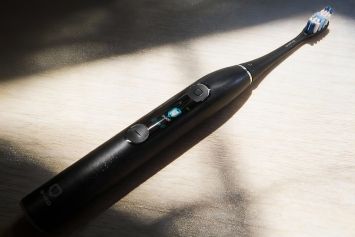
Why BrushO Tracks What Your Dentist Notices Too Late
Discover why BrushO tracks brushing mistakes your dentist often notices too late. Learn how real-time brushing data prevents cavities, gum disease, and enamel damage before they start.
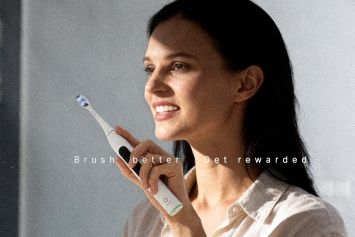
How BrushO Built the Future Toothbrush
Discover how BrushO redefined the electric toothbrush through uncompromising design, advanced engineering, and real user-centric features that elevate your daily brushing experience.
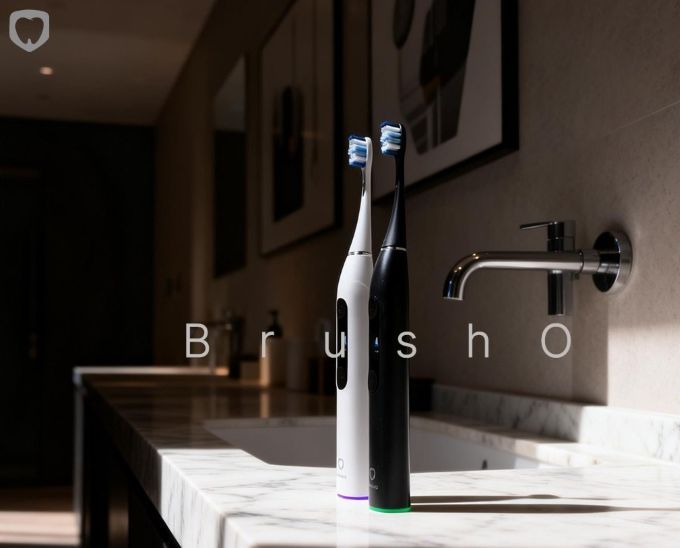
How to Stop Brushing Your Teeth Too Hard
Brushing too hard can damage your teeth and gums over time. Learn the signs, risks, and simple ways to improve your brushing technique for healthier oral care.
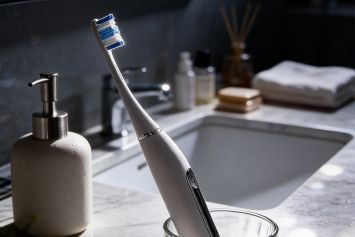
How Hormonal Changes Affect Your Gum Health
Hormonal changes can significantly impact gum health, causing inflammation, bleeding, and sensitivity. Learn how to protect your gums through proper brushing habits and smart oral care.
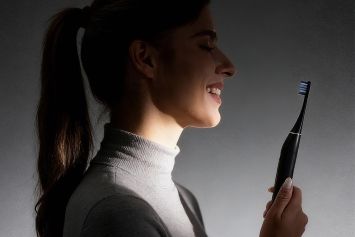
Is Your Diet Sabotaging Your Oral Health?
Certain foods may be damaging your teeth without you realizing it. Discover how your diet affects oral health—and how smarter brushing with BrushO can help protect your smile.
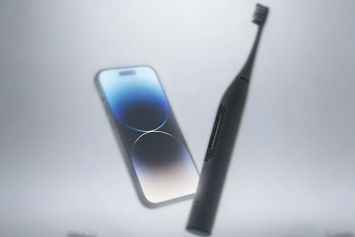
Why Your Brushing Time Doesn’t Matter Without Technique
Brushing for two minutes isn’t enough if your technique is off. Learn why brushing time means little without proper angles, pressure, and coverage—and how BrushO helps perfect your routine.
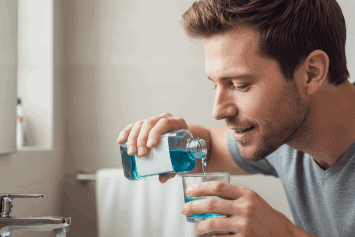
The Truth About Mouthwash
Is mouthwash really necessary? Discover the truth about mouthwash—what it does, what it doesn’t, and how it fits into a complete oral care routine with BrushO.
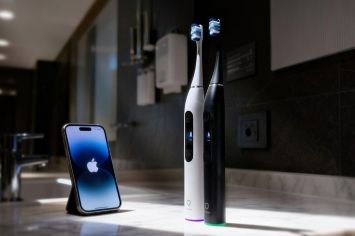
Is Your Toothbrush Making You Sick?
Wondering if your toothbrush is spreading more germs than it’s removing? Discover how improper toothbrush hygiene can impact your health—and how BrushO helps keep your mouth truly clean.
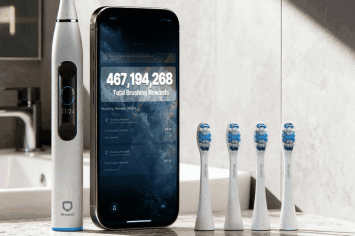
Are You Ignoring the Roof of Your Mouth?
Most people forget to clean the roof of their mouth when brushing. This overlooked area can harbor bacteria and affect your overall oral health. Learn how to clean it properly and how BrushO helps cover every zone.
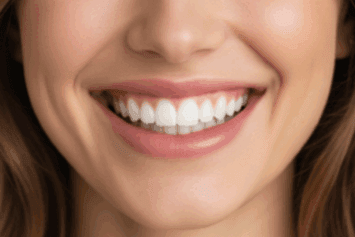
The Problem with Only Brushing the Front of Your Teeth
Only brushing the front of your teeth leaves hidden areas exposed to plaque, decay, and gum disease. Learn why full-mouth coverage matters and how BrushO ensures every tooth surface gets the attention it deserves.
